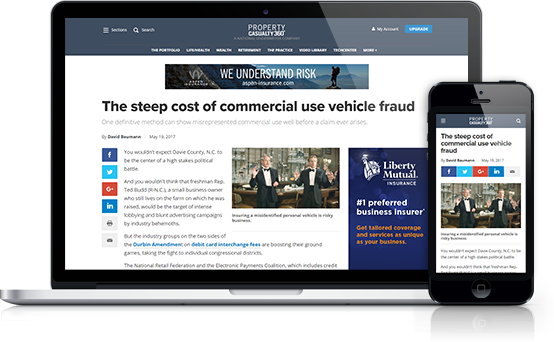While many underwriters prefer to view the decisions they make as more art than science, the underwriting of any line of insurance often can be distilled to the process of applying a set of rules to a given scenario. In fact, traditional paper-bound underwriting rule books are proof of how the underwriting judgment process is guided by a codified combination of business strategy and professional knowledge.
Any process that can be distilled to a set of if-then rules is a candidate for automation, and the realization of this led to the development and installation of expert systems at insurance carriers, which gained popularity in the early to mid-1990s. But as it turned out, the technology was not ready for prime time.There were a lot of [expert systems] products on the market and a lot of confusion about what they could and couldnt do, says James Fridenberg, vice president of applications development at Farmers Insurance, Los Angeles, who has worked with the technology since the early 1990s. Plus, the systems werent mature enough, and there were performance issues that limited the scope of these systems. Once you got into the high-volume-transaction-activity applications, very few of the expert systems at the time could scale.












 Copyright © 2025 ALM Global, LLC. All Rights Reserved.
Copyright © 2025 ALM Global, LLC. All Rights Reserved.